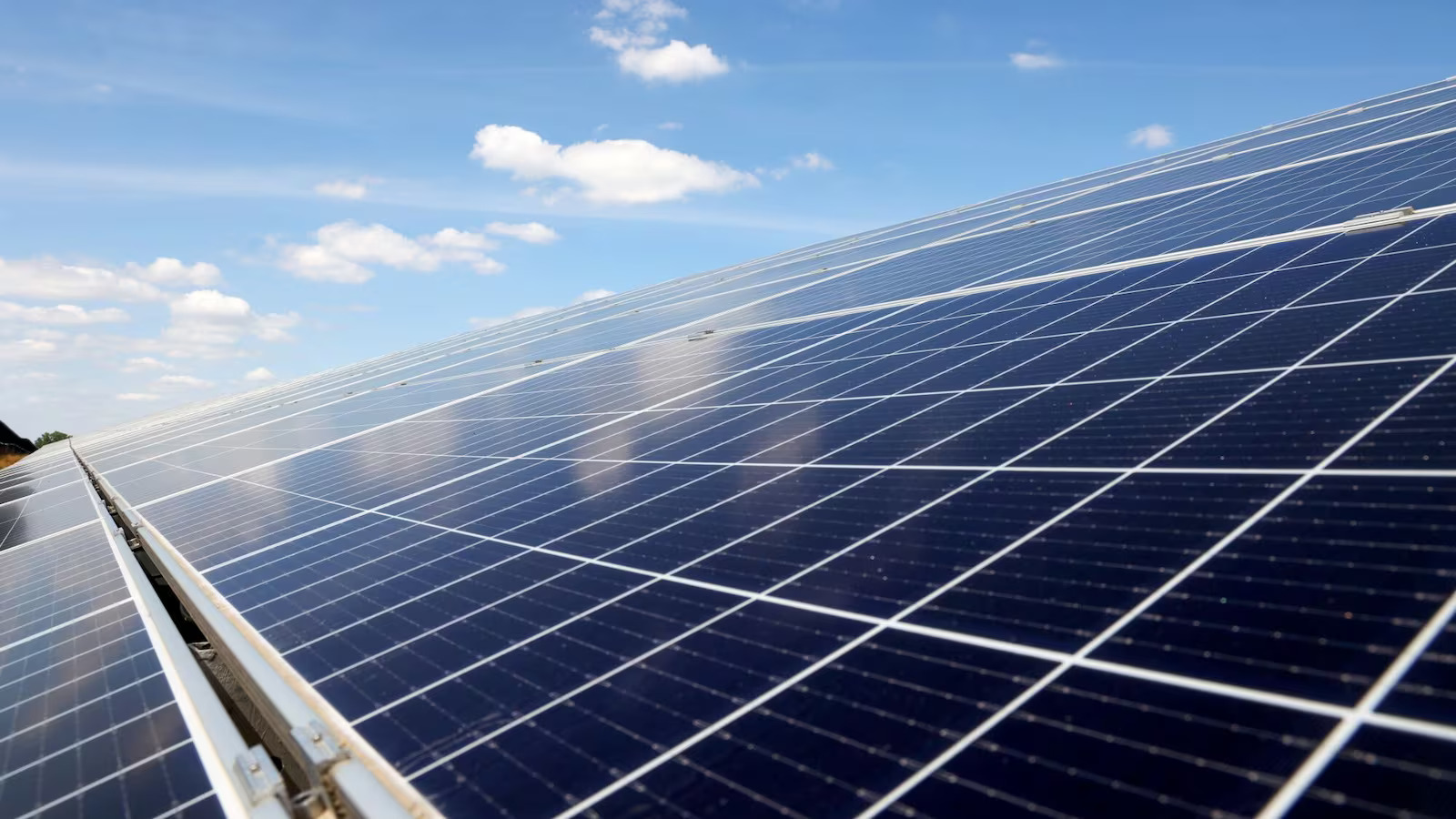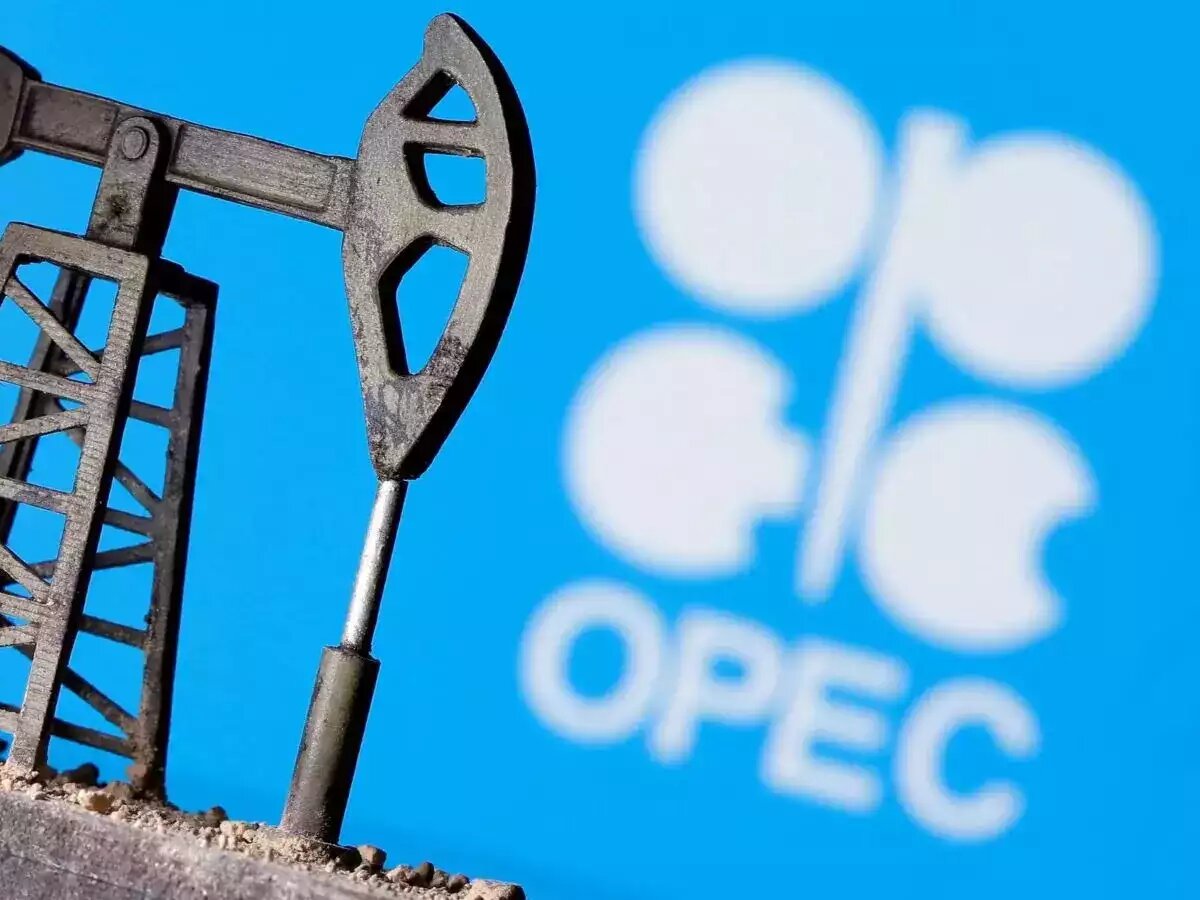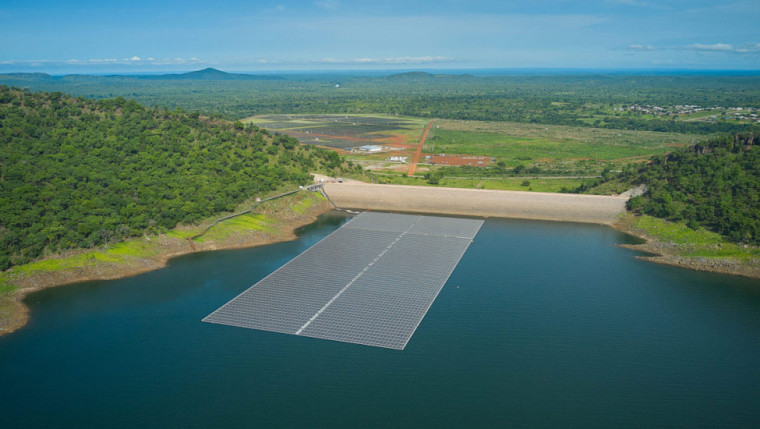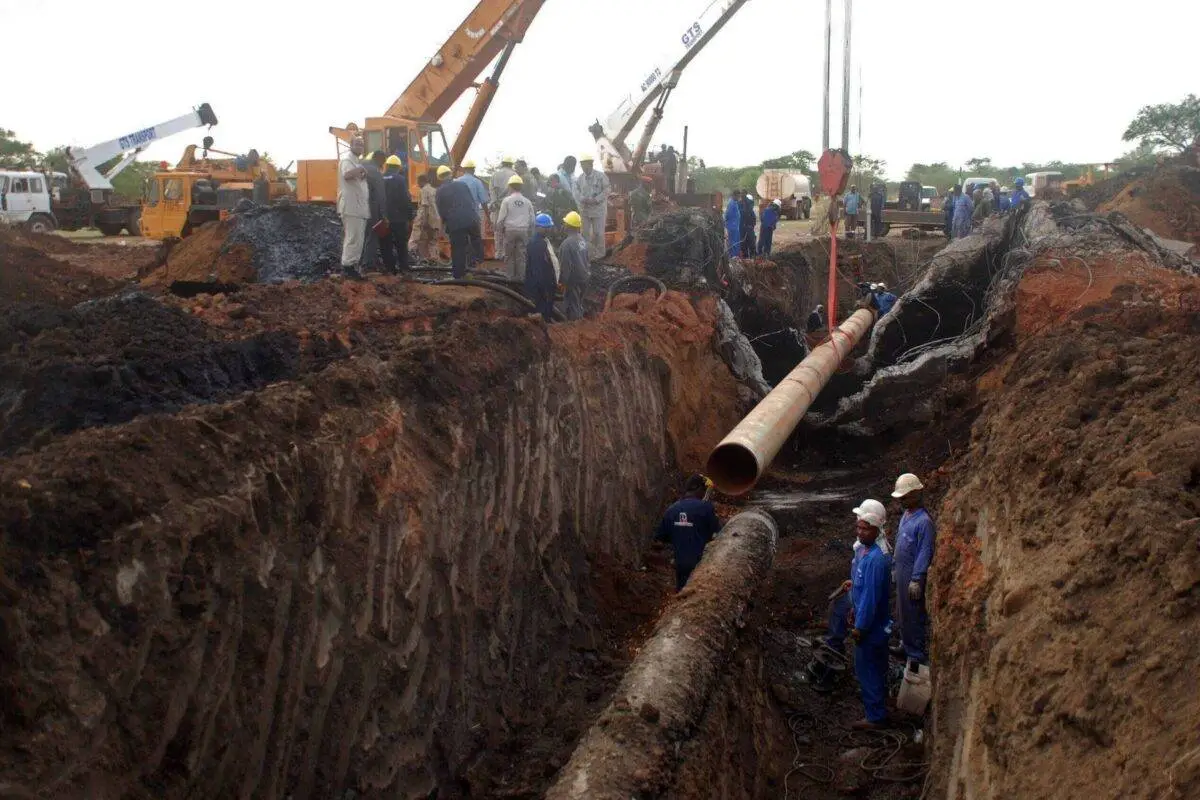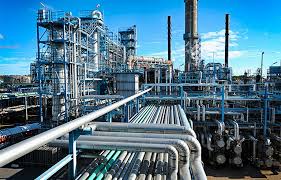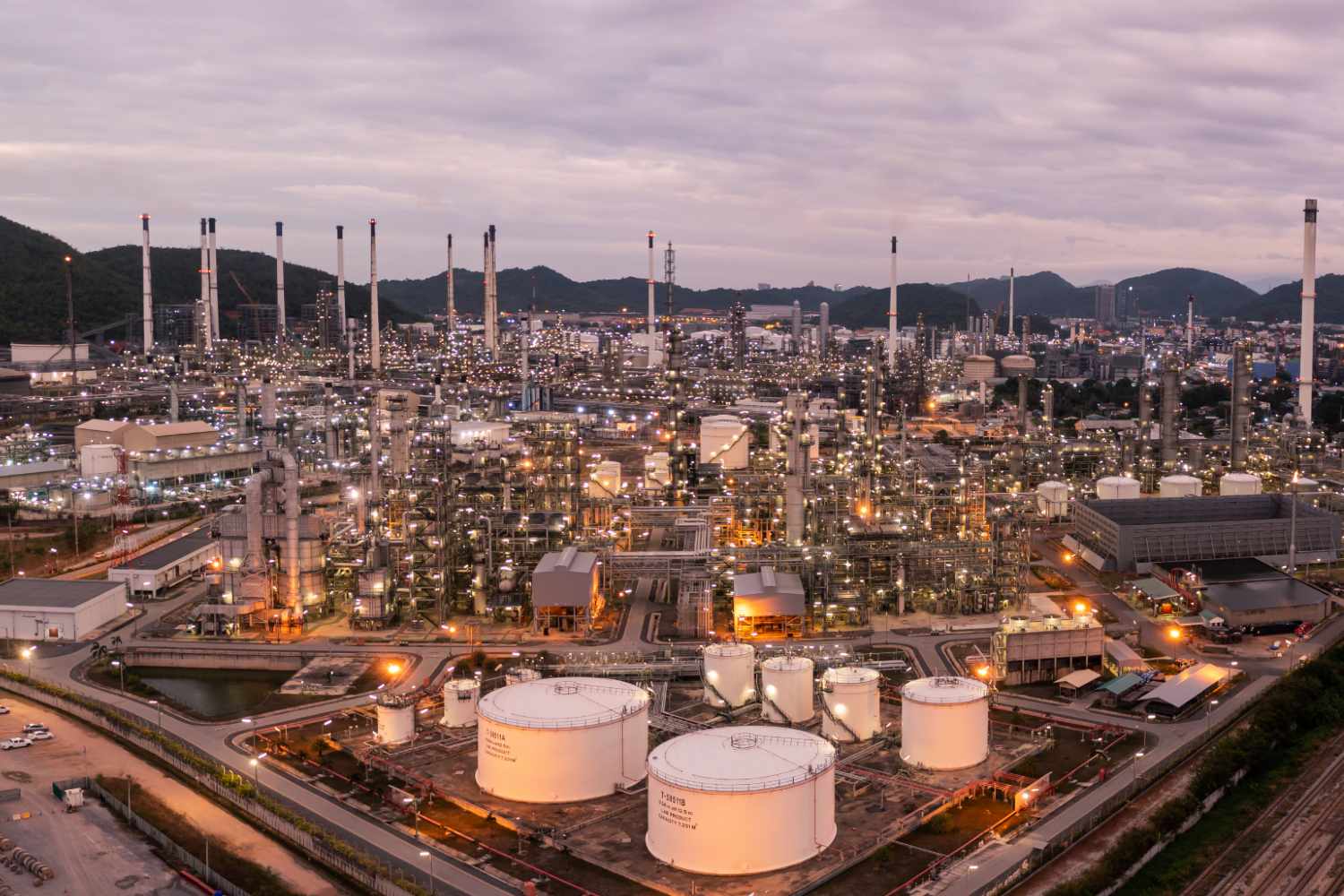Generation

UAE, China, India among top destinations for Saudi Arabia’s non-oil goods: GASTAT
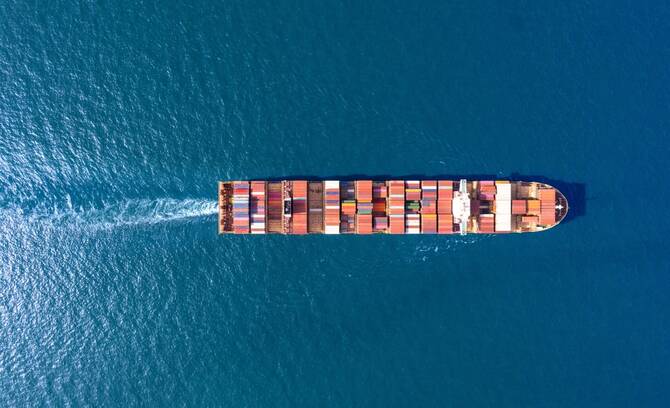
The UAE emerged as the leading destination for Saudi Arabia’s non-oil exports during the first quarter of 2025, with shipments valued at SR21.32 billion ($5.68 billion), marking a 33.91 percent increase compared to the same period last year, according to the latest data from the General Authority for Statistics.
Machinery and mechanical appliances were the most exported items to the UAE, amounting to SR10.19 billion. This was followed by transport equipment worth SR5.16 billion and chemical products totaling SR1.11 billion.
Plastic goods were also significant, with exports to the UAE reaching SR942 million, while precious stones and base metals recorded SR860.8 million and SR848.4 million, respectively.
The increase in non-oil exports aligns with the objectives of the Kingdom’s Vision 2030, which seeks to diversify the economy and reduce dependency on oil revenues. Saudi Minister of Economy and Planning Faisal Alibrahim recently noted that non-oil activities now contribute 53.2 percent to the Kingdom’s gross domestic product.
GASTAT also reported a 9.27 percent rise in Saudi Arabia’s non-oil exports to the UAE compared to the previous quarter, further emphasizing the Kingdom’s economic diversification momentum.
China ranked second among Saudi Arabia’s non-oil export destinations in the first quarter, receiving goods valued at SR6.51 billion — an annual increase of 17.93 percent. Major exports to the Asian country included plastic products worth SR2.58 billion, chemical products totaling SR2.32 billion, and minerals valued at SR533.4 million.
India was another prominent trade partner, with non-oil exports reaching SR5.75 billion in the first quarter, up 14.08 percent from the same period in 2024.
Other key export destinations included Turkiye, which received goods worth SR2.96 billion; Egypt at SR2.56 billion; and the US at SR2.48 billion.
Singapore imported SR2.28 billion worth of goods from Saudi Arabia, while Bahrain received SR2.21 billion, Belgium SR2.11 billion, and Kuwait SR1.97 billion.
Overall, Saudi Arabia’s non-oil exports rose by 13.4 percent year on year in the first quarter, totaling SR80.72 billion. Key ports played a vital role in this trade activity. King Fahad Industrial Sea Port in Jubail handled the highest volume of outbound non-oil goods, valued at SR9.93 billion.
Jeddah Islamic Sea Port followed closely with SR9.76 billion, while Jubail Sea Port and King Abdulaziz Sea Port in Dammam facilitated exports worth SR7.17 billion and SR6.69 billion, respectively.
On land, Al-Batha Port processed SR5.53 billion in exports. Al-Hadithah and Al-Wadiah ports recorded export values of SR2.10 billion and SR1.43 billion, respectively. Among airports, King Khalid International Airport in Riyadh led with SR8.52 billion worth of non-oil goods exported in the first quarter, an increase of 12.84 percent compared to the previous year.
King Abdulaziz International Airport followed with SR6.16 billion, while King Fahad International Airport in Dammam and Prince Mohammad bin Abdulaziz International Airport in Madinah recorded SR741.8 million and SR4.2 million, respectively.
Merchandise exports
Despite growth in the non-oil sector, overall merchandise exports declined by 3.2 percent year on year in the first quarter, falling to SR285.78 billion. GASTAT attributed this drop to an 8.4 percent decline in oil exports, which caused the share of oil in total exports to decrease from 75.9 percent in the first quarter of 2024 to 71.8 percent in the same period this year.
Asia remained the largest market for Saudi exports, accounting for SR213.14 billion. Europe followed at SR34.51 billion, with Africa and the Americas receiving SR23.19 billion and SR13.80 billion, respectively.
China was the top destination for overall merchandise exports, receiving SR44.91 billion worth of goods — an increase of 3.26 percent compared to the first quarter of 2024. India received SR28.04 billion in goods, followed by Japan with SR26.48 billion, South Korea at SR25.03 billion, and the UAE at SR24.85 billion.
Imports in Q1
Saudi Arabia’s imports also grew during the first quarter, rising by 7.3 percent year on year to SR222.73 billion. Machinery, mechanical and electrical equipment led imports, totaling SR57.40 billion, followed by transport parts at SR32.56 billion and base metals at SR21.30 billion.
Chemical imports stood at SR19.60 billion, while minerals accounted for SR12.12 billion. Goods imported from Asia were valued at SR128.50 billion, while imports from Europe and the Americas reached SR52.94 billion and SR27.01 billion, respectively. African nations contributed SR12.53 billion in imports, and goods from Oceania were valued at SR1.73 billion.
China remained Saudi Arabia’s largest source of imports, sending goods worth SR59.33 billion. These included mechanical appliances and electrical equipment valued at SR23.93 billion, transport parts worth SR9.50 billion, base metals at SR6.43 billion, and even works of art and antiques amounting to SR3.19 billion.
The US followed with SR17.58 billion in exports to the Kingdom, while India’s exports totaled SR12.27 billion. Sea routes were the dominant entry channels for imports, accounting for SR113.11 billion.
Air and land ports handled SR61.63 billion and SR25.99 billion, respectively. King Abdulaziz Sea Port in Dammam was the leading sea entry point with SR59.97 billion in imports. Jeddah Islamic Sea Port and Ras Tanura port followed with SR47.78 billion and SR8.73 billion.
Over land, Al-Batha Port and Riyadh Dry Port managed goods worth SR10.78 billion and SR8.29 billion, respectively. By air, King Khalid International Airport in Riyadh received imports valued at SR29.96 billion in the first quarter. King Abdulaziz International Airport and King Fahad International Airport handled SR18.60 billion and SR12.39 billion, respectively.
Reflecting continued expansion of the non-oil economy, Saudi Arabia recorded a Purchasing Managers’ Index of 55.6 in April, according to S&P Global and Riyad Bank. This score surpassed those of the UAE at 54 and Kuwait at 54.2, indicating robust growth in non-oil business activity. A PMI reading above 50 signals economic expansion, while a figure below 50 suggests contraction.




